OK This is not a new idea. It was pioneered back in 1950's for railroad engineer radios so dispatcher could interrupt talking person mid-sentence while he was holding down his simplex xcvr's PTT button. Then it was used during Vietnam War on a helium balloon repeater. Today your cellphone uses that technology to transmit and receive on same frequency at ALMOST the same time.
The use of it in Vietnam was pure serendipity. A lost long range recon team was under fire and were trying to call in for evac, but their PRC simplex VHF set was too weak to get over a mountain. A Motorola RF technician was just toying with an SFR idea he had read somewhere (likely the railroad system mentioned above).
He sent it aloft in a helium balloon and almost immediately the SFR started repeating the lost team's panic call! This was amazing as no one even thought you could do that. Not even today. Imagine talking on a channel with the repeater transmitter SEEMINGLY on the same time your talking, and it's repeating your audio only slightly delayed. The controller PC toggles the transmit and receive back and forth faster than speech frequencies to avoid clipping. Maybe 10 KHz is good. Only trial and error will tell. And no you WON'T hear the high-pitched buzz that much (or at all).
No this is NOT the store & forward simplex repeater Radio Shack (et al) used to sell. This is a quasi-FULL duplex system on the SAME frequency and channel.
The audio delay line is an electronic digital device which delays the receiver audio by a fraction of a second. You need that delay to store the audio for a moment while the receiver is off for a split second and the transmitter is on.
I know this system sounds weird but it does work. I tried it once decades ago and it worked flawlessly. I use an old IBM PC because of it's LPT1 printer port (use output pins for 5v out), but you could use an Arduino or a Raspberry PI for the controller. However, you need a comfortable computer language to do real world interfacing without a huge learning gap.
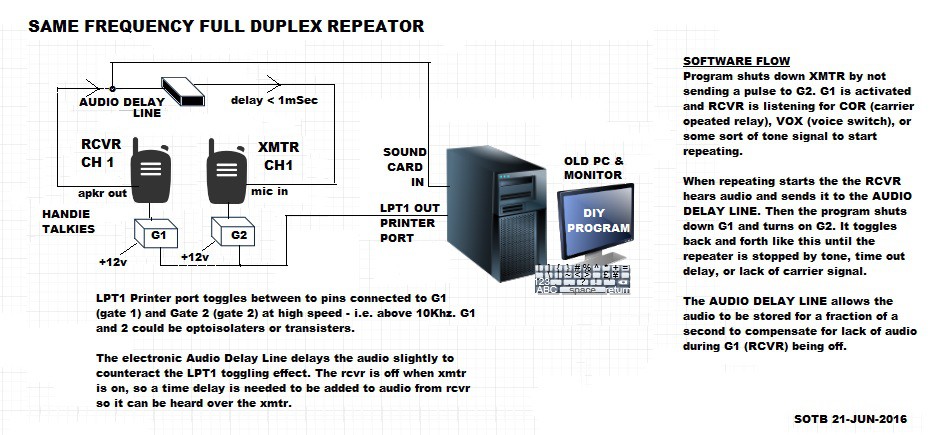
 chris jones
chris jones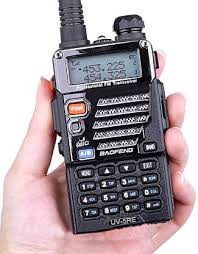

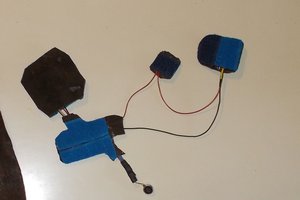
 Srdjan Pavlovic
Srdjan Pavlovic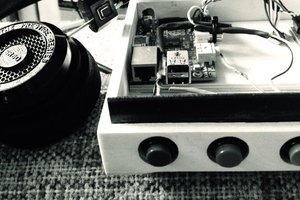
 Willem
Willem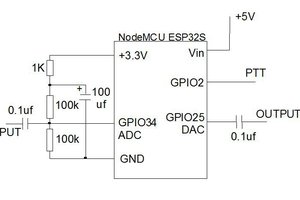

 aymen
aymen
Here's the patent by Schlansker and Starzec from Bendix Corp
http://goo.gl/WABers